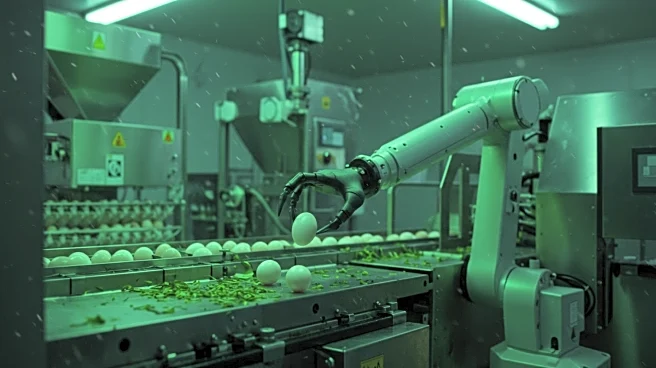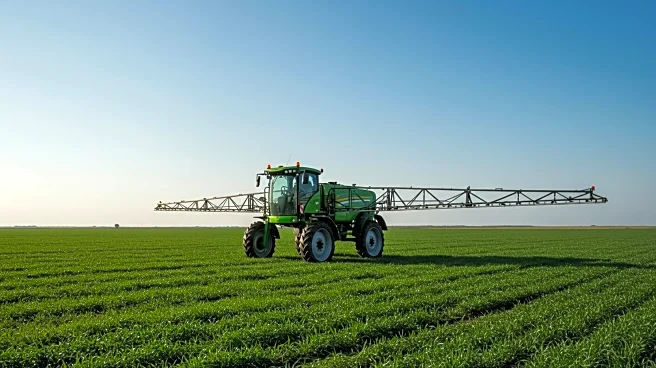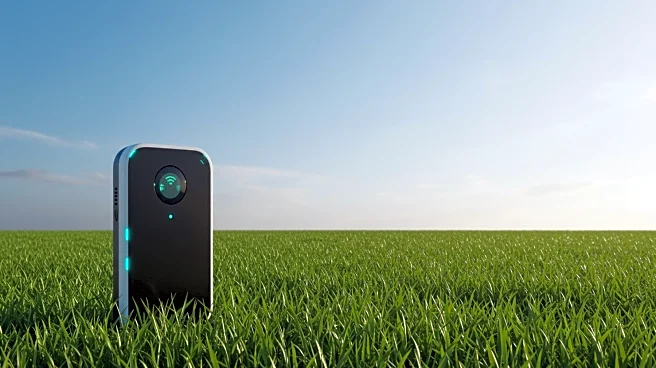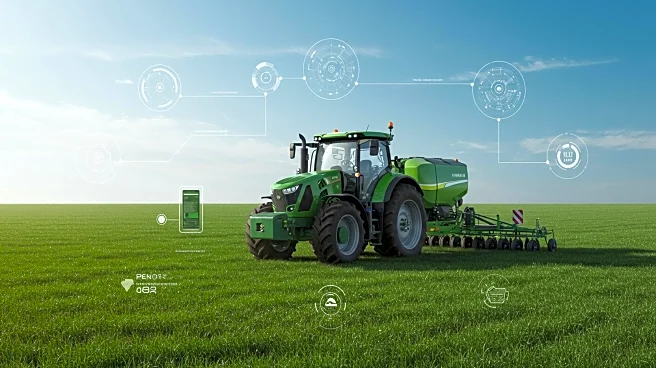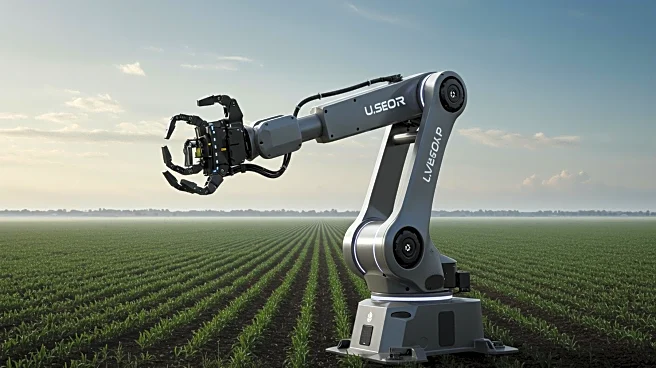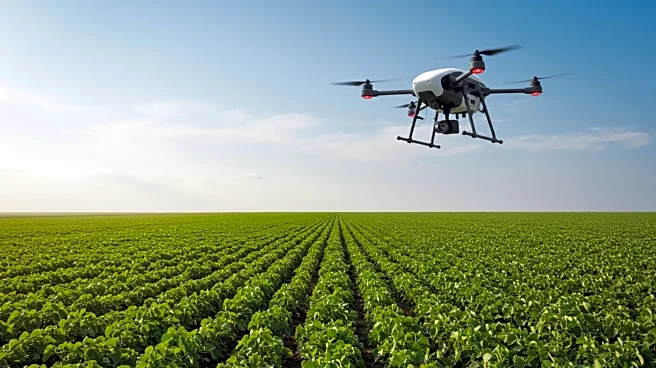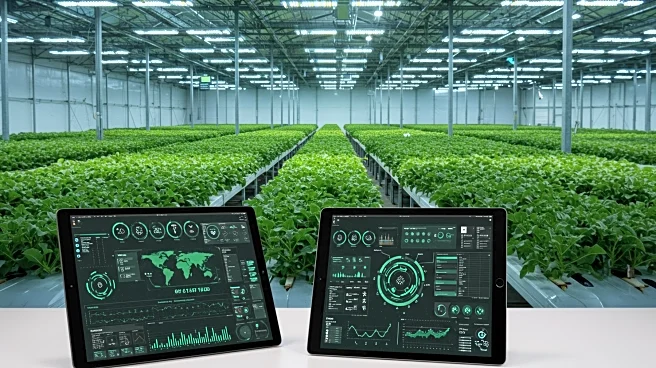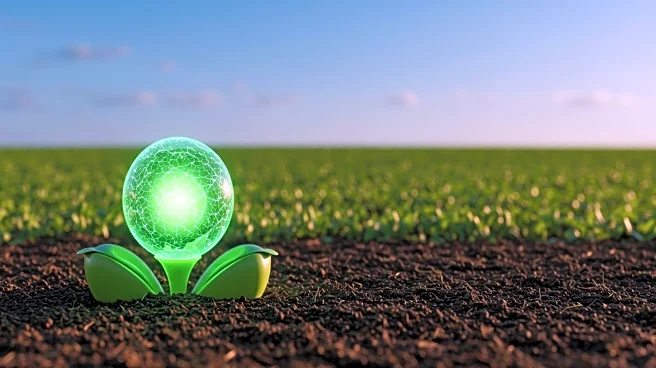Rapid Read • 9 min read
The IoT in Agriculture Market is projected to grow significantly, reaching approximately USD 98.2 billion by 2033, with a Compound Annual Growth Rate (CAGR) of 17.5% from 2025 to 2033. This growth is driven by the increasing application of IoT technologies to optimize agricultural processes, improve crop yields, and reduce operational costs. IoT solutions enable real-time monitoring of soil moisture, temperature, crop health, and weather conditions, facilitating informed decision-making. The integration of sensors, drones, and automated systems aids in irrigation management, pest control, and precision farming techniques, enhancing productivity. Additionally, data analytics and AI are being utilized to predict trends and optimize resources, supporting sustainable farming practices and addressing the need to feed a growing global population.
AD
The expansion of IoT in agriculture is crucial for enhancing productivity and sustainability in farming practices. As IoT infrastructure becomes more affordable and accessible, its adoption across farms of all sizes is accelerating, making farming smarter and more efficient. This technological advancement is expected to benefit farmers, agribusinesses, and agricultural cooperatives by providing tools for better resource management and decision-making. The growth of this market also reflects a broader trend towards digital transformation in agriculture, which could lead to increased food security and reduced environmental impact. Stakeholders in the agricultural sector stand to gain from improved efficiency and cost savings, while consumers may benefit from more reliable food supply chains.
As the IoT in Agriculture Market continues to expand, stakeholders can expect further integration of advanced technologies such as AI and machine learning to enhance predictive capabilities and resource optimization. The market is likely to see increased collaboration between technology providers and agricultural businesses to develop tailored solutions that address specific farming challenges. Additionally, regulatory bodies may play a role in setting standards and guidelines to ensure the responsible use of IoT technologies in agriculture. The ongoing focus on sustainable farming practices will likely drive further innovation and investment in IoT solutions, supporting the industry's growth and transformation.
The adoption of IoT in agriculture raises important ethical and legal considerations, particularly regarding data privacy and security. As farmers increasingly rely on digital tools to manage their operations, the protection of sensitive data becomes paramount. Furthermore, the shift towards technology-driven agriculture may necessitate changes in workforce skills and training, as traditional farming roles evolve to incorporate digital competencies. Long-term, the integration of IoT in agriculture could contribute to broader societal shifts, such as increased urbanization and changes in rural economies, as technology reshapes the agricultural landscape.
AD
More Stories You Might Enjoy
